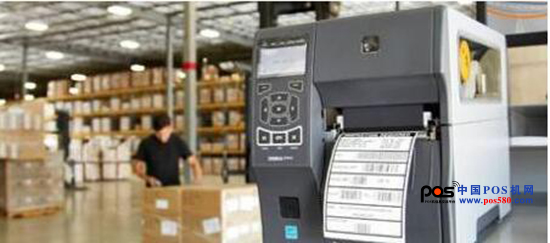Choosing the right printer is not as overwhelming as the printer first came out. It takes only three minutes to select a suitable barcode printer. By specifying the barcode function and answering a few simple questions, the user can greatly reduce the printer selection range. The main questions to ask are:
1. What is the intended use of the barcode label?
2. Where will the printer be placed?
3. Under what circumstances will the printer operate (temperature fluctuations, vibration, high humidity, exposure to chemicals, etc.)?
4. What is the expected duty cycle of the printer?
5. Is there a minimum speed requirement?
6. What is the size of the label to be used?
7. How often does the label specification change?
8. What kind of environment (temperature fluctuations, wear, high humidity, exposure to chemicals, etc.) will be used in the label?
9. Will the printer be connected to the network or a standalone terminal?
10. What is the budget for the project?

Other performance indicators include:
Printer durability
Under what environmental conditions will the printer be used? For example, some Zebra printers are designed for harsh industrial environments and are equipped with a sealed case to prevent dust from interfering with their use. The rugged desktop printer is ideal for light industrial, commercial and office use.
Print volume
What is your daily label output? For example, Zebra's high-performance Xi series printers can continue to work during peak print cycles or run 24 hours a day. Other models are better for intermittent printing in small batches. Print speed is also a factor in meeting print volume requirements.
printing speed
If you need to print labels in large quantities every day or at peak times, printing speed is an important consideration. Print speed is the "throughput" element and refers to the time taken between receiving a print command and completing the print process. Throughput depends not only on the print time, but also on the label formatting time (the time it takes to convert the program and data to the image on the label). Depending on the complexity of the label format and the ability of the printer to process this information in an efficient manner, label formatting time can sometimes cause significant printing delays that affect the overall print speed of the printer. If this delay occurs in a production environment that emphasizes time and print-on-demand, it can greatly reduce productivity.
Label image durability
Thermal transfer is the only option if you need to keep sharp, long-lasting images for years. In contrast, thermal printers are ideal for short-term applications, where they only need to keep labels for a limited amount of time—one to one year. Thermal is not as durable as thermal transfer, especially when exposed to direct sunlight or in a chemical environment. The types of paper that can be used for thermal protection are also limited compared to paper types that can be used in thermal transfer printers.
Print resolution
Depending on your application, you may need a higher resolution (in dots per inch or dpi) to easily print on very small labels (for example, labels commonly used for components or specimens in the electronics or pharmaceutical industries) Text and barcode. The higher print resolution allows you to print many detailed messages in a small space without affecting the scanner's readability. While many Zebra printers have a resolution of 203 dpi, which is sufficient for most common applications, some models offer high resolutions of 300 dpi or even 600 dpi to accommodate the existence of limited national asset tags or the need for high resolution text and The need for graphics applications.
Print width
Another consideration in choosing a printer is determining the maximum width of the label you need to print. For example, Zebra thermal printers offer a wide range of maximum print widths from 2 inches (for mobile printers and some desktop printers) to 8.5 inches (for printing 8.5" x 11" packing slips and invoices, compared to laser printing, speed Faster, lower cost). If your application requires large labels (for example, shipping labels, multi-invoices, large products and packaging, labels on chemical drums or pallets), choose a wide-format label printer with a print width of 6 inches or higher. .
Printer function options
Other factors to consider when purchasing a particular thermal printer are the options available. These options may include: different print modes: label cutter, peel, liner roll, tear, roll, etc. A real-time clock showing the print time and expiration date. An alert counter that reminds the user to change media and perform preventive maintenance. Communication options: parallel port, serial port, USB interface, wired or wireless Ethernet, dual axis or coaxial cable. Memory options: PCMCIA/Flash, scalable DRAM. • Font options: Scalable fonts and bitmap fonts, non-Roman Asian font sets for international characters, such as Chinese, Japanese, TrueType fonts, and more.
Any of the above options will help the printer to better meet the application needs and improve user productivity. For example, the strip mode option helps speed up labeling applications. In the peel mode, the printer separates the label from the liner, so the user can easily remove the label and paste it without manual peeling. These time-saving options greatly facilitate tag output and, in some cases, even increase staff motivation.
Silicone Bottle,Silicone Water Bottle,Silicone Outdoor Sport Water Bottle,Silicone Sports Drink Water Bottle
Ningbo Auland International Co.,Ltd. , https://www.eversportsbottle.com